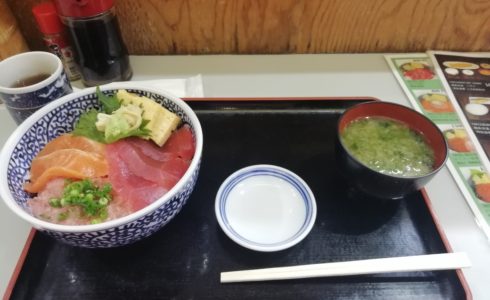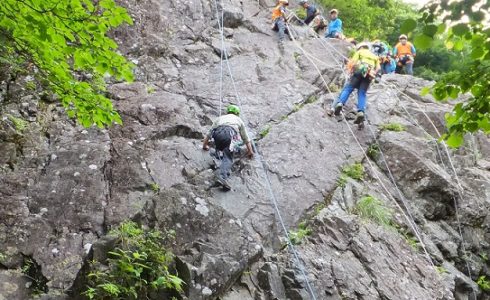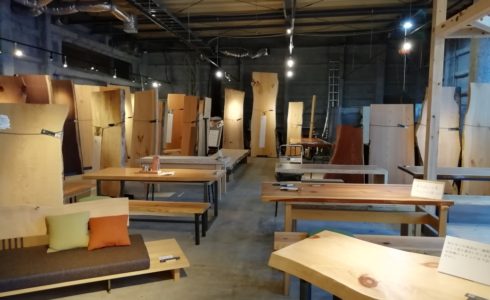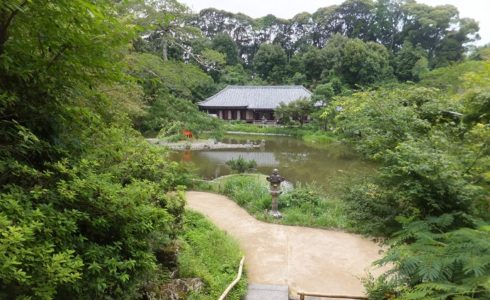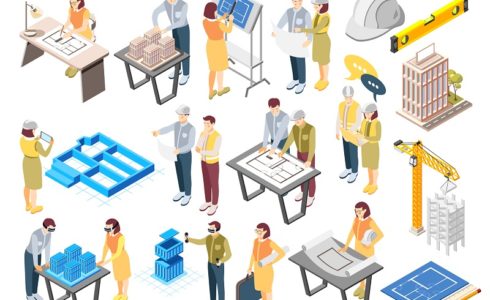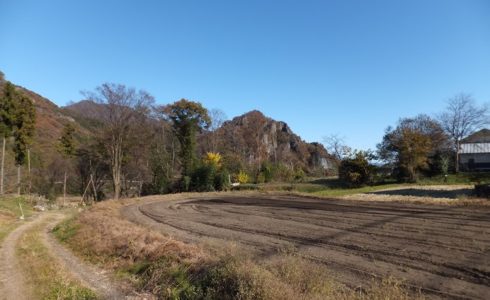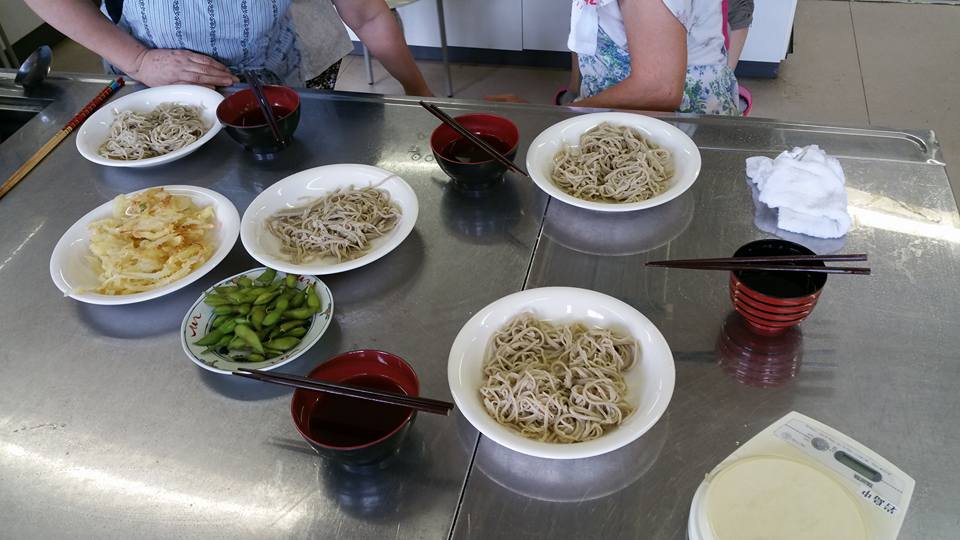
Enjoy Tokyo in the Edo period
I wrote this text to introduce Japanese food, architecture and entertainment to my friends who live in other countries. If someday my friends have the chance to come to Japan, I would like to recommend them some foods and architectures where they can enjoy Japanese history and culture.
The Edo period (1603-1868) can be described as a time when traditional culture developed among ordinary Japanese people. To show you how interesting it was, let me introduce you to some of the records of the Edo period in and around the Japanese capital, Edo (now Tokyo). The following text is written with reference to the book “Life in Edo, the City of a Million” by Susumu Kitahara.
After winning the civil war and unifying Japan, Tokugawa Ieyasu established the Japanese government in 1603, designating Edo (present-day Tokyo) as the capital. In accordance with the policy of Tokugawa Ieyasu, 500,000 samurai (lords and their men) came to live in Edo, which had previously been a wilderness. This was accompanied by the arrival of merchants, builders and temple and shrine officials, making Edo a metropolis of one million people.
As Edo became a major consumer city, goods such as food, clothing and building materials were transported from all over the country, but as there were no trucks, long-distance transport was by ships. In addition, the Edo government forbade trade with foreign countries. This continued until 1853, when American steamships arrived and forced trade.
For a period of 15 years from 1724, the government examined the quantities of 15 necessities of life brought from Osaka to Edo. According to the records, materials for cotton cloth, cotton, oil, sake and soy sauce were brought in large quantities every year, while rice, charcoal, fish oil and salt fluctuated from year to year. Other necessities such as firewood and miso were also brought in from outside Osaka. Miso is, along with soy sauce, the basic seasoning in Japanese cooking. It is made by boiling soybeans, mixing them with a microorganism called koji and salt, and letting it sit for a year.
To help you to visualise Edo, let me tell you about the buildings. What kind of houses did people live in during the Edo period? Lords collected rice as a tax from the inhabitants of the area they controlled, and earned income from the sale of this rice. This allowed the feudal lords to set up their mansions with large gardens. The University of Tokyo, Korakuen Garden in Koishikawa, Shinjuku Gyoen and other public buildings with large grounds were the residences of feudal lords in the Edo period. The feudal lord’s residence may have had a fine garden, but the layout was not mentioned in the textbooks of traditional Japanese architecture. Although it is not a building from Edo City, a villa of the Tokugawa family, said to have been built in 1649, has been moved to a place called Sankeien in Yokohama, near Tokyo. This building gives an idea of the beauty of the residential architecture of the feudal lords of the time. I recommend the building Rinshunkaku in Sankeien, which was mentioned in my architectural history textbook.
Here is a link to a website that introduces the building, Rinshunkaku.
On the other hand, merchants and craftsmen who lived in Edo City, were said to have lived in rooms of less than 10 square metres, with an average of 3.8 people. These were called tenement buildings, and the tenements were made of wood and roofed with boards, kaya plants or tiles. If you visit the Fukagawa Edo Museum in Tokyo, you can see an exhibition which recreates life in a tenement. There are examples where the area facing the street is rented space for shops and the back of the building is used as a row house for living. In the courtyard there is a communal lavatory and a rubbish dump.
And very few houses in Edo City had baths, because both water and firewood were too expensive. Therefore, regardless of their status, residents of Edo City went to bathhouses.
In the Edo period, roads were built for people to pass on foot. Vehicles such as horse-drawn carriages were not developed in Edo. Human-powered wheeled platforms were used to transport goods over short distances, but these were subject to various restrictions because they could cause traffic accidents and damage bridges.
Some scenes of Edo bridges can be enjoyed in ukiyoe prints.
In Edo, the food service industry developed and it was possible to eat soba (buckwheat noodles), sushi and tempura at stalls. People also consumed large quantities of sake. Today, soba (buckwheat noodles) restaurants can be found all over Tokyo and are reasonably priced. Sushi and tempura have a slightly more upmarket image, but there is also a new type of sushi called kaitenzushi (sushi flows down a conveyor belt). The best way to eat good seafood is to go to the big markets early in the morning. You can get fresh sashimi and sushi in the restaurants attached to the market. (At the moment the market is closed to visitors due to the coronavirus, but this is expected to reopen in the future.)
The picture below is from when I made soba noodles by myself in a town called Higashi-Agatsuma-machi in Gunma Prefecture, Japan, taught by local people. I was also entertained with freshly fried tempura. It was very delicious.

In the Edo period, printing technology came into use. The reason for this was that with the emergence of the consumer city of Edo, commerce flourished away from a subsistence economy and the need to read, write and calculate became necessary to conduct business. The Buddhist Temples were used as a place for teachers to teach the children of merchants how to read, write and calculate. Thanks to this, the number of people who could read increased and printing techniques were used. As a result, literary works such as novels and ukiyoe were printed and enjoyed.
In Edo, where many people gathered, plays such as kabuki and ningyo joruri (puppet theatre) were enjoyed, and ordinary people tasted the delicious foods of each season: in spring they would have parties under the cherry blossoms, in summer they would grow morning glories and enjoy fireworks, in autumn they would eat fatty saury, and in winter they would enjoy the snowy landscape. This Edo way of life has since been combined with Western ways of life and thought to form the way we live today.
If you want to enjoy the Japanese culture that was created during the Edo period, my recommendation would be to eat Soba, Tempura, Sushi and some best foods of the season.
As for the buildings, I would recommend to visiting a building near Tokyo called Buaiso. This building was bought by Jiro Shirasu, a powerful businessman and diplomat, and his wife Masako Shirasu, an author from a family of earls. They bought a sericultural farmhouse in 1943 and used it as their home. The farmhouse was probably built at the end of the Edo period. It is now open to the public as a museum. The highlight of the museum is that it is valuable in that it maintains the building of a sericultural farmhouse from the Edo period, and it also displays traditional Japanese crafts and other refined cultural items. I would also recommend a visit to Sankeien in Yokohama, which I mentioned earlier.
I hope that you will enjoy the Japanese culture!

